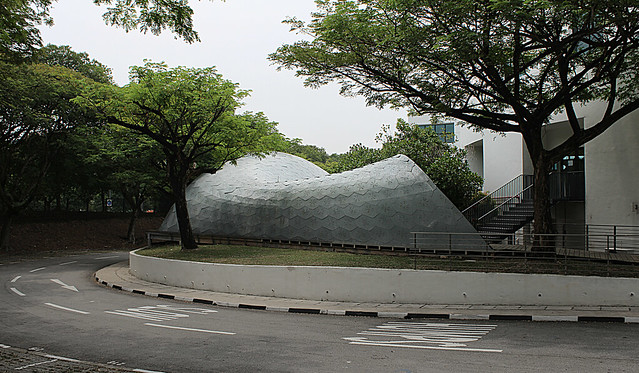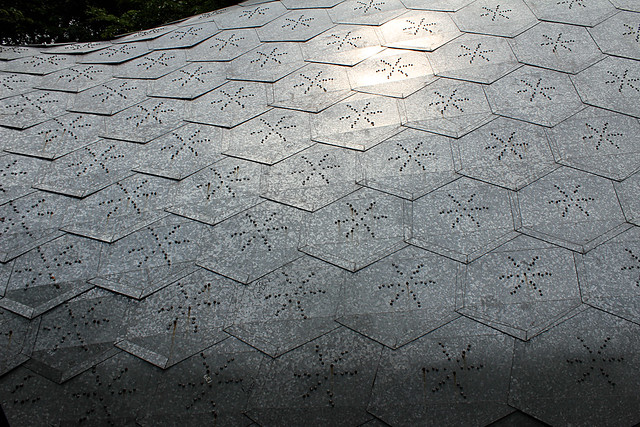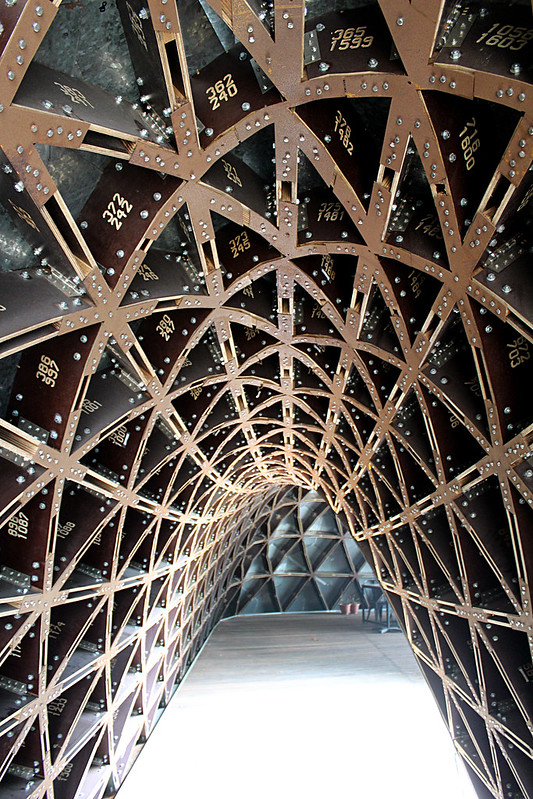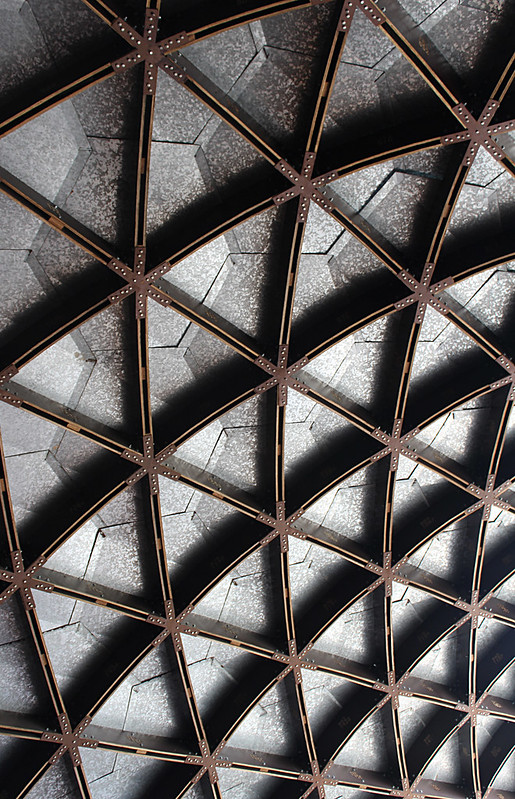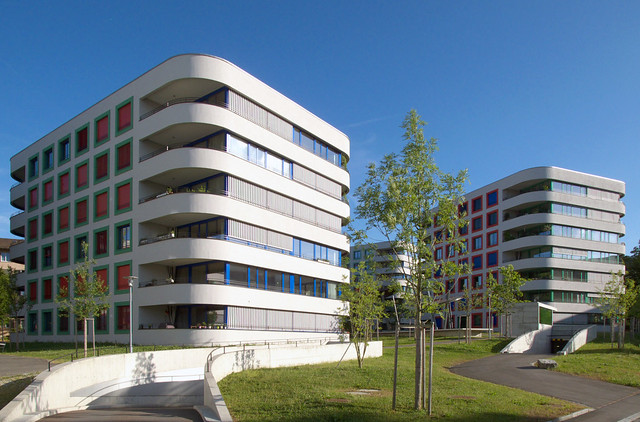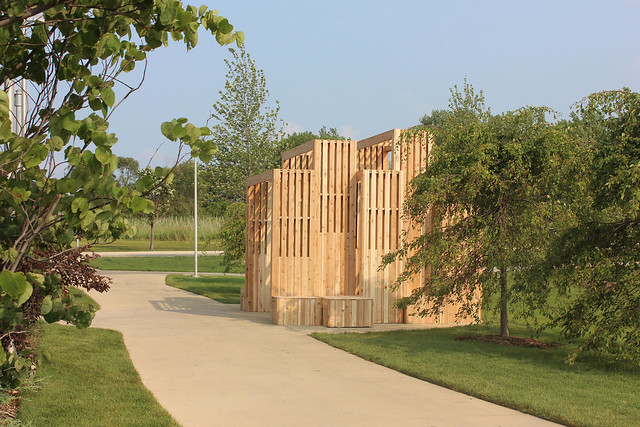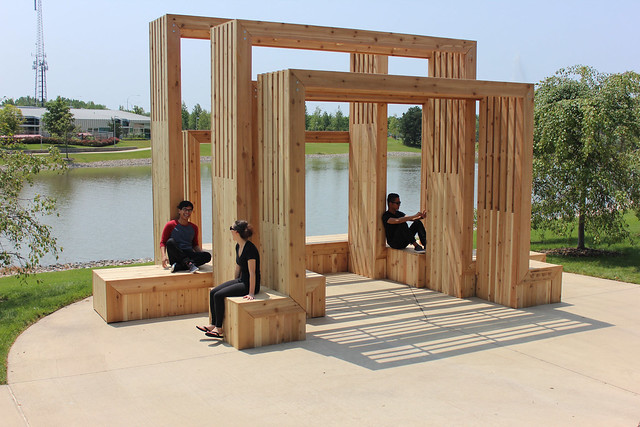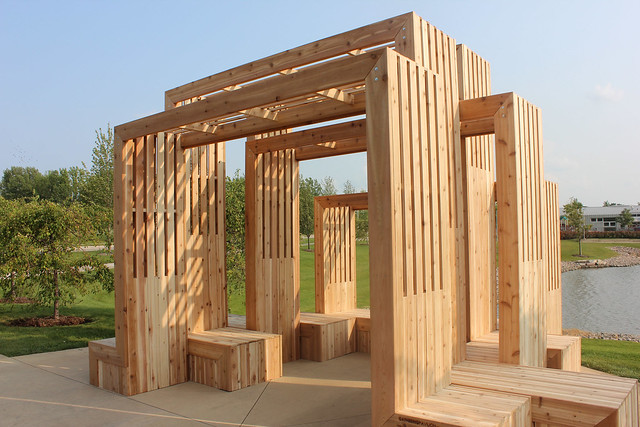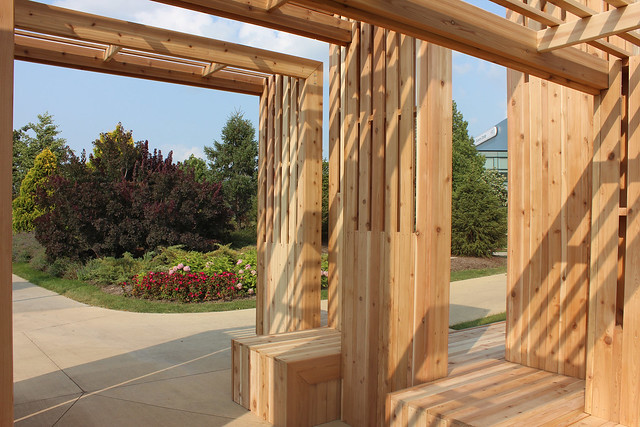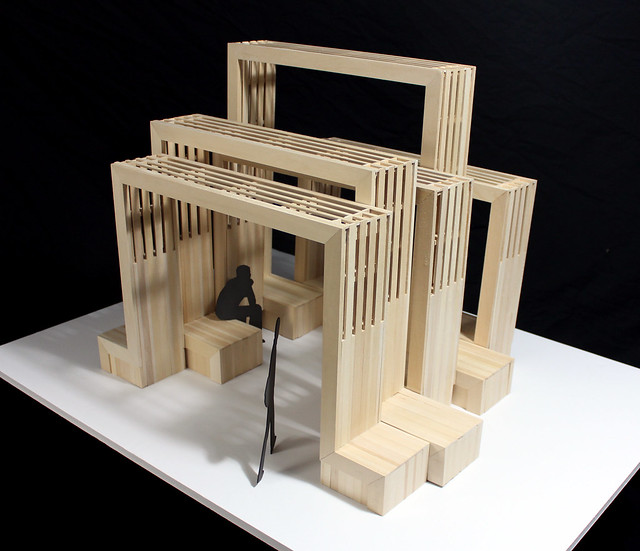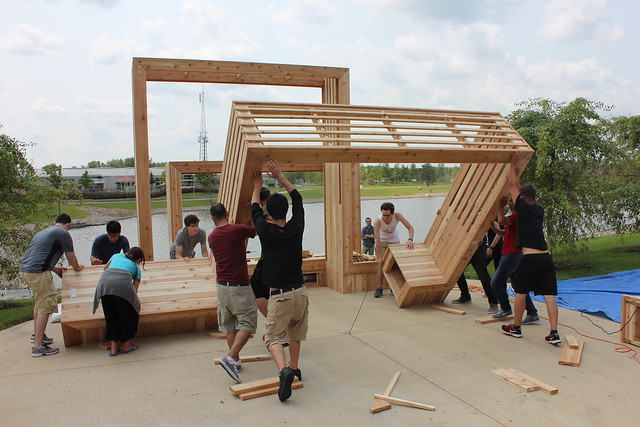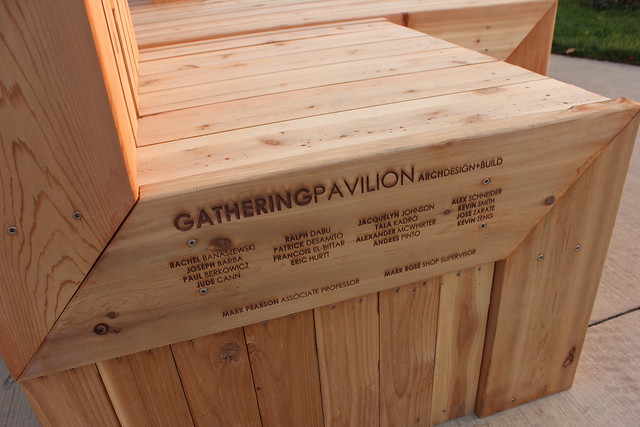Not since
two daredevils scaled Renzo Piano's New York Times building in 2008 have I heard controversy about people climbing buildings designed by well known architects.
The latest news is in regards to Shigeru Ban's Aspen Art Museum, which one must admit looks inviting to climb:

[Photo by Jim Kehoe]
The museum certainly knew that people might try to climb the
basket-weave facade made of Prodema, so they installed a sign:

[Photo by Jim Kehoe]
But that sign has not stopped one person – Aspen resident William Johnson – from trying to climb the building after "he had three or four beers"; two college students – Cooper Means and Lauren Twohig – from
posing for a photo by the sign and getting in trouble with security, even though they denied they were going to climb any higher; and one person – Aspen artist Lee Mulcahy – from "offering $500 to anyone who climbs at least three-quarters of the way up the building."
Of the above incidents and offer, all part of
this Aspen Times article, the last two are most interesting because they are a means of criticizing the building's design and the museum's administration. It's no secret that
many Aspen residents hate the building. In the case of Cooper Means, a design student, he said, "It’s the worst thing to happen to Aspen since I was born there. ... It wasn’t designed as a part of the town."
Mulcahy, on the other hand, is banned from the museum, "because of an incident in November 2011 in which museum officials alleged that he placed 'For Sale' signs around the future site." He disagrees with a sculpture outside the museum that reads "WITH LIBERTY AND JUSTICE FOR ALL," saying it is, "Liberty and justice for all, except for artists and others banned for disagreeing with the museum’s policies."
So unlike the Times building climbers, who did it for the thrill, here we have people drawing attention to what they see as faults of the building and the institution. A bit humorous, to be honest, but I'm guessing these will not be the last incidents we hear about people climbing the basket weave facade, even though the Aspen Art Museum has a "zero-tolerance policy for climbing the wall."
